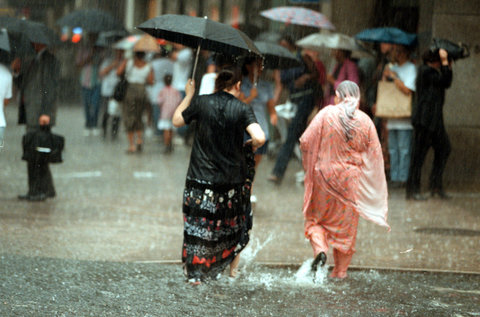
Last week I attended SYTAR (Symposium on Yoga Therapy and
Research) in the beautiful coastal California city of Newport Beach. People
come from all over the world to attend as this is hosted by IAYT (International
Association of Yoga Therapists). I was fortunate to connect with fellow yoga
therapists from Australia, the UK, Puerto Rico, Japan, USA, and Canada. These
conferences are deeply rich in content, wisdom and experience. It's a
phenomenal honor to be sitting in the same room with people whose life's work
has been connected to living well through the practices of yoga.
What was truly impressive, was the newly minted recognition
of being a "Certified Yoga Therapist" (C-IAYT), with a current
registry of approximately 1500 and growing. People ask, "isn't all yoga
therapeutic?" The answer to that can be a bit tricky as it depends on how
it's being taught and what type of training the instructor has undertaken.
C-IAYT's have upwards of 1000-hours of formal study under their belt and work
beyond the use of just asana (poses) to empower people in establishing mental,
emotional, physical, and spiritual balance. It tends to focus on 1-1 situations
and on one's individual needs. Over the past several years, I have been working
to translate this quality to small group, therapeutic classes. The conference
presents loads of the latest research, small group discussions, practice
sessions, lectures on breath and so much more.
My thought of the week is saturation. As I was driving the
2-hours back to the desert, I was completely full. I felt almost incapable of
having a meaningful conversation, so drove home without the temptation to catch
up on phone calls and settled on listening to "Ocean of Grace" by
Prema Hara instead. I felt cerebrally stuffed and utterly full. Unlike the the
Monty Python skit of being "utterly full" with the exploding man
(Watch here if you dare...be warned, it IS Monty Python), who has completely
disconnected from what it means to be saturated, I recognized my need to not
add anything else.
We are truly lousy at recognizing when we've had enough. We
are taught more is better and often go to the point of diminishing returns. One
analogy is how puddles form in a lawn when torrential rains occur. The rain is
nourishing and necessary, but at a certain point the grass can no longer absorb
the gift of the clouds. Our yoga practice can be an example of how we begin to
connect to that point of greatest benefit. When we go there, the next thing
that follows is the most important pose in yoga: savasana. Savasana is
translated as "corpse" pose, indicating the death of the outer world
to enliven our inner experience. When we surrender into this final repose of
relaxation, we enter the sweet spot of absorbing all that has come before. It is during this time of doing nothing, of
non-striving and letting go, that we more deeply embody our practice. Instead
of adding another "wafer-thin mint" (another Monty Python
reference), we allow ourselves to digest our experience.
As I was explaining my theme of the week to someone, they
commented on being with their brother when a big news story (about violence)
had just occurred. She said, "maybe we should be watching to see what
happened" and the brother replied, "I just can't watch any more news
about violence and terrorism." He was saturated and a natural response was
to simply disengage from taking in one more "wafer thin mint" of
experience.
I encourage all of us to slow down enough this week and
begin to notice when we have come to the state of contented fullness. And when
we notice that condition allow ourselves to do nothing else but simply be.
Let's give ourselves space in which to digest and assimilate our experiences.
Let's give ourselves permission to simply be present with what is and say, "No
more, thank you. I'm full!"


No comments:
Post a Comment